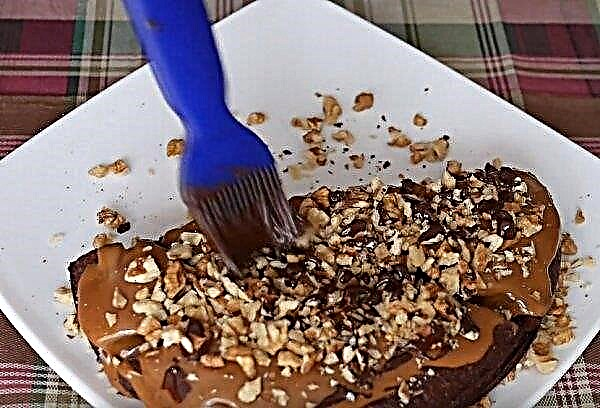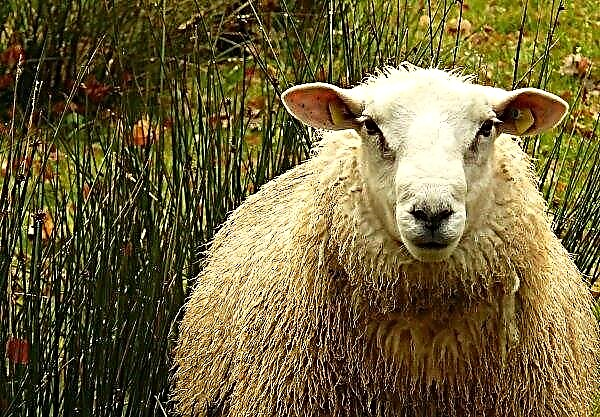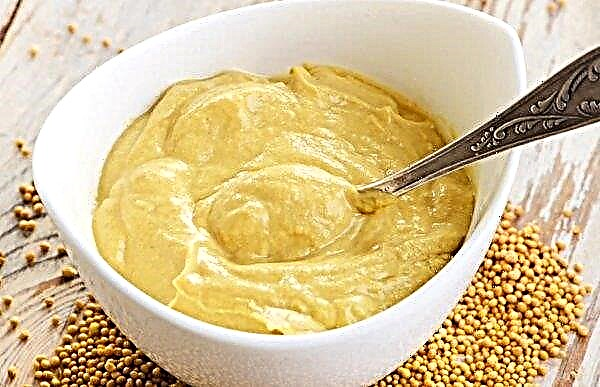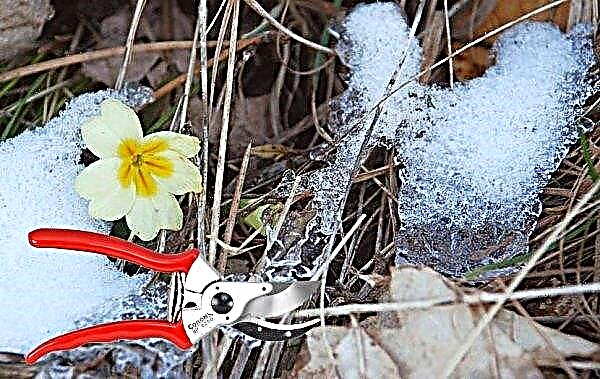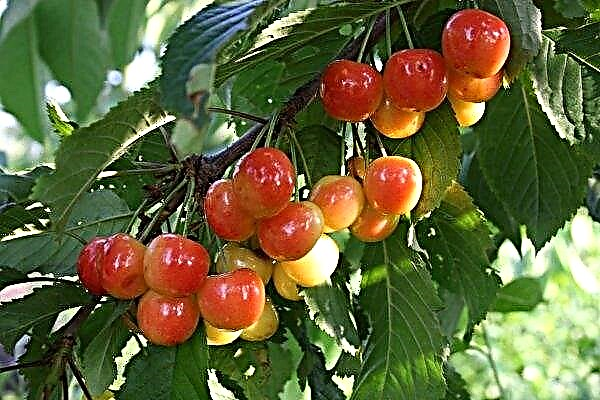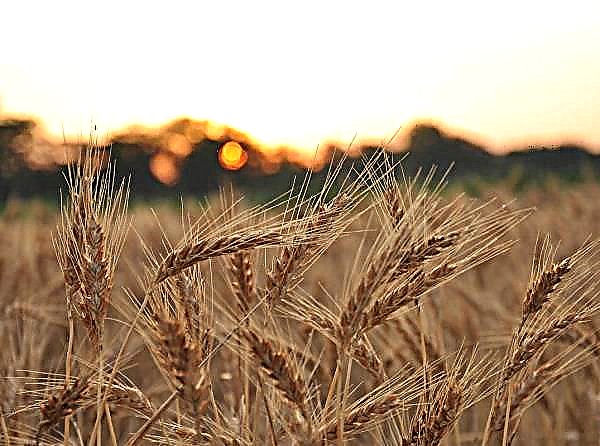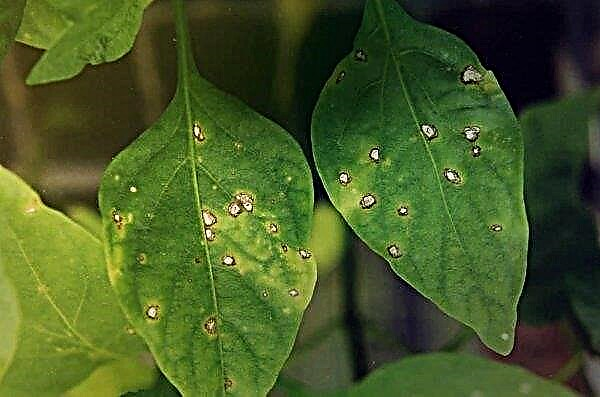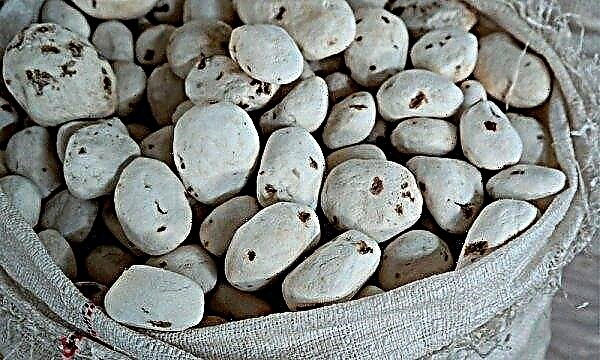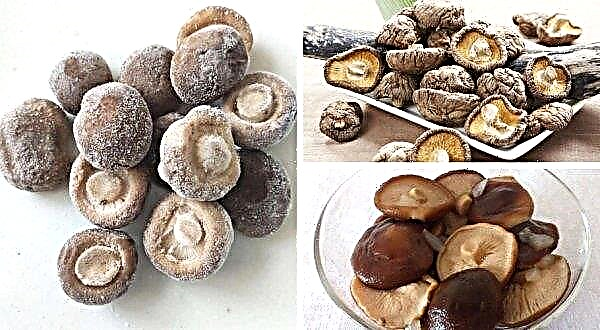The indoor plant Anthurium is extremely demanding on the soil in which it is grown, so the plant must be provided with a quality habitat. First of all, you need to choose the right soil for its cultivation. About what soil to acquire and how to make it yourself, read below.
Features of growing and caring for anthurium
Anthurium must be kept in suitable conditions: to monitor temperature, humidity, light exposure, not to admit without the need for a change in location.
The plant is provided with the following conditions and care:
- Temperature. In the summer, it is necessary to maintain the temperature in the range of +20 ... + 25 ° C, avoiding overheating. In winter, the optimum temperature is +16 ... + 18 ° С. It is necessary to exclude drafts and temperature differences, and in winter to put a flower pot away from sources of heating.
- Lighting. Direct sunlight has a detrimental effect on the plant, so the light should be bright, but diffused. The eastern and western window sills are suitable, but in the north, growth and flowering will be inactive. To bloom year-round, in winter it is necessary to provide artificial lighting to increase daylight hours.
- Humidity. This tropical plant requires a humid microclimate, and in dry air it can fade. Around the pot you need to create a humid atmosphere using a humidifier or manual spraying. It is important that the drops do not fall on the leaves - they may form a coating of lime. It is useful to place a container with a flower on a tray with moistened expanded clay.
- Watering. When drying the top layer of soil, settled by warm and soft water 2-3 times a week in the summer and 1 time per week in the winter. A few minutes after watering, you need to check the pan - if there is water running from the soil in it, you need to pour it out.
- Top dressing. It is introduced during the period of active growth and flowering - in spring and early summer. This is done twice a month by organic or mineral substances. Universal fertilizers are suitable for all representatives of the aroid family, as well as mineral fertilizing for orchids.
- Transfer. Young flowers are transplanted once a year, adults - after a year. For transplantation, a shallow wide tank with good drainage is selected.
- Reproduction. It is produced in various ways - by seeds, cuttings, lateral shoots, separation of the stem. The last method is the simplest - the stem is divided into parts of 5-10 cm, which are planted under the film.

Soil requirements
In the natural environment, representatives of the species are able to grow in various soils, up to clay and sandy loam. But decorative home plants are demanding on the composition and texture of the soil. For indoor plants, it is necessary to ensure good breathability of the substrate, as well as porosity and drainage. The soil must retain moisture.
Did you know? In the mid-20th century, Anthurium became a culture for commercial cultivation in the Hawaiian Islands. At that time, there were almost 300 farms that specialized in growing plants. Since then, the demand for these beautiful flowers has not disappeared, and they are exported around the world.
For drainage, almost half of the tank is filled with: coconut shell, expanded clay, wood bark and coal, fragments of tiles, stones. The size of the fraction (part) of each component is 2 cm, with the exception of tree bark, parts of which can reach 5 cm.
The soil should have the following properties:
- friability;
- lack of caking;
- the presence of air pockets;
- lack of compaction ability;
- slightly acid reaction - pH 5.5–6.5.

What should be the composition of the soil?
The roots of anthurium are similar to the roots of orchids, therefore, they have the same soil requirements - sufficient moisture and oxygen.
The composition of the substrate should include three main components:
- land (turf);
- land (forest);
- sphagnum.
Otherwise, you can improvise by adding other components to the mixture:
- peat;
- ground (leaf);
- river sand;
- pine bark;
- small pebbles;
- expanded clay.
The addition of mineral elements - vermiculite or perlite is also useful. In the natural environment, anthuriums grow in forest litter, tree bark, a layer of foliage and other forest debris. Therefore, when growing a flower at home, you need to try to simulate the same conditions.
How to make soil for anthurium with your own hands at home?
Many owners of indoor anthuriums prefer to mix the soil with their own hands, not relying on purchased mixtures. In this process, the main thing is to comply with standards for breathability, moisture, friability and density of the substrate. The last factor is important, because insufficiently dense soil will not hold the plant, and too compacted can damage the root system.
Important! Young shoots need a more tender soil than adults: it should consist of pine bark, moss, peat, perlite, mixed in the same proportions.
Do-it-yourself methods of making a soil base:
| Recipe number 1 | peat - 40%; land (coniferous and leaf) - 40%; river sand - 20%. |
| Recipe number 2 | land (leaf) - 50%; land (turf) - 25%; sphagnum - 25%. |
| Recipe number 3 | peat - 40%; expanded clay - 30%; pine bark - 30%. |
| Recipe number 4 | peat - 60%; land (leaf) - 20%; sphagnum - 20%. |
Each of these recipes can be supplemented by adding small parts of the bark of coniferous trees and charcoal in small quantities. As the flower grows, the roots grow out of the ground. To moisturize, they cover them with sphagnum or peat.
Finished soil selection
If you decide to purchase the soil in the store, but didn’t find it specifically for the anthurium, the substrates are Polessky, ForPro, a mixture for growing all plants of the aroid family - Gardens of Aurika, mixtures for orchids. The composition of them, in most components, echoes - peat, bark, coal, coconut, moss, perlite, sand.
Important! The soil for orchids is corrected by the addition of universal soil, so that its amount is aligned with the proportion of peat in the soil.
Pros of purchased soil:
- getting the finished substrate without hassle;
- balance and endurance of proportions;
- treatment for diseases and pests.
Cons of the finished mixture:
- a mixture of different quality;
- component sizes may be too small or large;
- the substrate may be too acidic, moisture-absorbing or, conversely, water-repellent;
- high price;
- hard to buy for a particular plant.

Signs of improperly selected land
An unsuitable plant substrate can lead to disease, wilt, and even plant death. In most cases, it signals inappropriate growing conditions.
This is manifested:
- stunted growth;
- lack of flowering or its sudden cessation;
- uneven development of the stem and leaves;
- withering leaves;
- drying out the plants, regardless of watering.
Did you know? The family of aroid (aronnikovye) was named in honor of the shepherd Aron, who, according to the Old Testament, always had with him a staff with a knob. Medieval botanists drew attention to the shape of flowers similar to the knob and gave the family such a name.
Properly selected soil is the key to good growth and development of anthurium, which for many years will delight with beautiful foliage and wonderful flowers in response to care.

